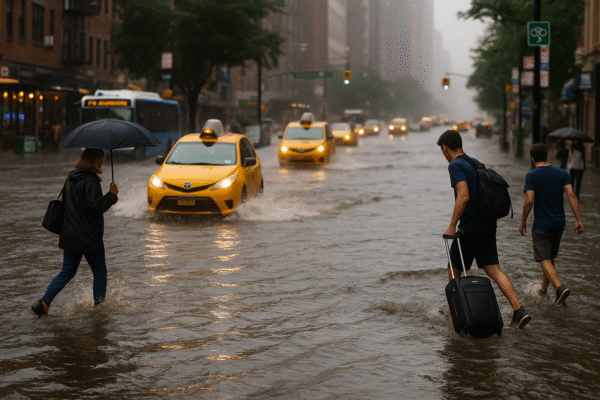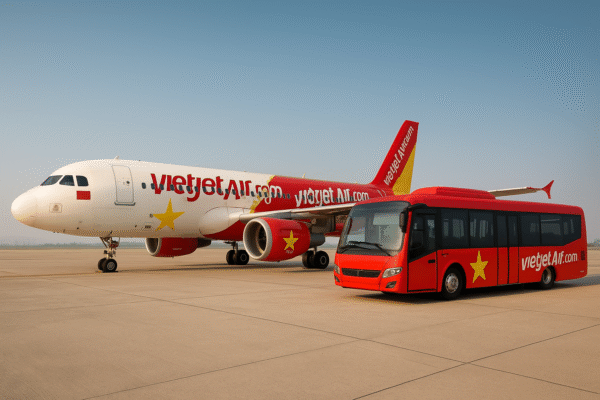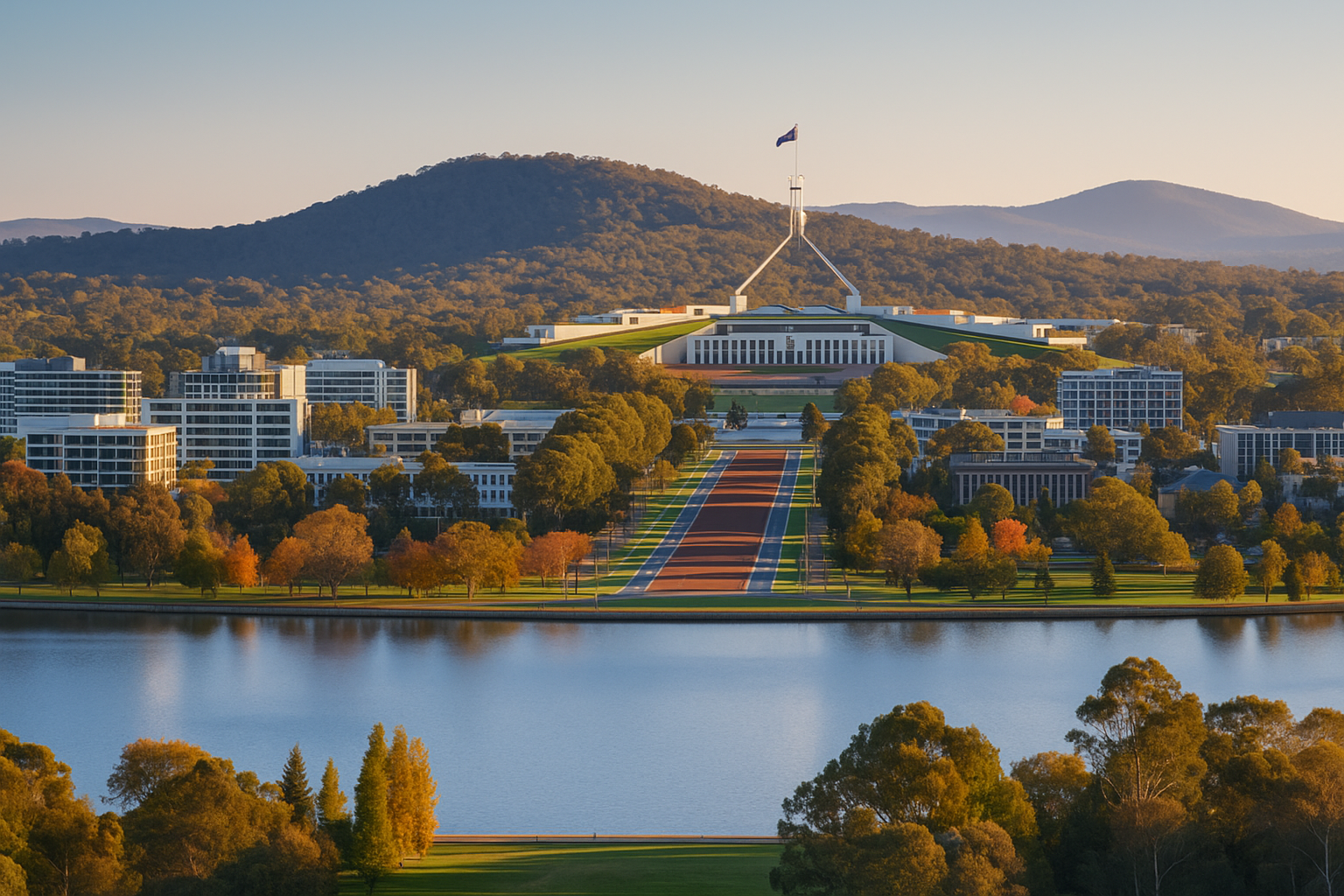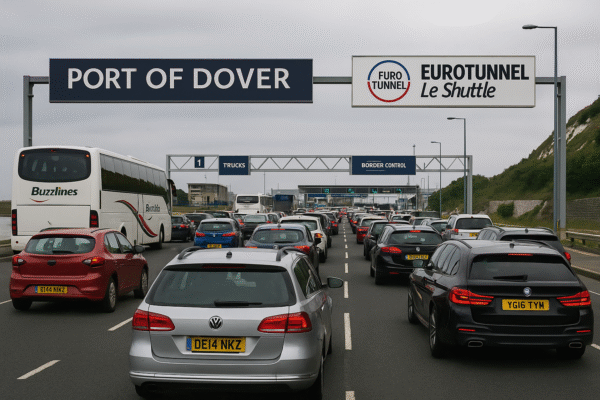In a landmark achievement, Canberra has officially been named the most livable city in the world for 2025, helping Australia secure the number one global ranking for quality of life. According to the prestigious Oxford Economics Global Cities Index, the Australian capital surpassed 999 global cities—including former frontrunner Paris, France—by excelling in public safety, sustainability, infrastructure, and affordability.
This milestone solidifies Canberra’s position not just as a capital of governance, but as a model of modern, inclusive, and environmentally conscious urban planning. The win is also resonating strongly with Indian travelers, who are increasingly seeking destinations that blend natural beauty, clean living, and secure environments.
Global Recognition: A New Model for Urban Livability
The Global Cities Index 2025 evaluates cities across five pillars that shape everyday life: public safety, housing affordability, income equality, cultural access, and life expectancy. Canberra scored exceptionally well in each of these areas. The city’s ascent from second place in 2024 to the top position this year reflects a strategic and sustained approach to community-first urban development.
Far from sprawling mega-cities that struggle under congestion and pollution, Canberra delivers a compact, clean, and efficient urban core. The city’s commitment to sustainable infrastructure, green transport systems, and people-oriented planning is now being held up as a blueprint for the cities of tomorrow.
A Balanced Urban Oasis
What sets Canberra apart is its seamless blend of nature and urban design. Tree-lined boulevards, cycling paths, and walkable neighborhoods interweave with native bushlands, lakes, and scenic trails. Residents and visitors alike can move effortlessly between cultural institutions, public parks, and community markets—all within a short distance.
Key features that earned Canberra its top ranking include:
- Low crime rates and responsive emergency services.
- Strong public amenities, including libraries, schools, and healthcare.
- Affordable and diverse housing options that deter speculative real estate bubbles.
- Integrated public transport systems and growing investment in green mobility.
Canberra also excels in social equity, offering public services and infrastructure that are inclusive and accessible to all age groups and backgrounds.
A Rising Favorite Among Indian Travelers
Canberra’s top global ranking is especially noteworthy among Indian tourists and students, who are now viewing the city as an ideal destination not just for vacations, but for higher education, employment, and even migration.
What makes Canberra appealing to Indian visitors?
- Clean air, quiet surroundings, and a slower pace of life.
- A secure environment for solo travelers and families.
- Close proximity to vineyards, wildlife parks, and natural reserves.
- A vibrant cultural scene including museums, weekend markets, and art festivals.
Unlike traditional travel hubs such as Sydney or Melbourne, Canberra offers a less commercialized, more immersive Australian experience. Visitors can watch hot air balloons over Lake Burley Griffin, taste wine at local vineyards, or go bushwalking just minutes from the city center.
Improving Air Connectivity with India
The rising interest from Indian travelers has led to improved air access. While direct flights to Canberra remain limited, connectivity via Sydney and Melbourne has expanded, making it easier for Indian tourists to reach the capital. Travel operators and tourism boards are also stepping up efforts to promote Canberra as a must-see destination on Australia-bound itineraries.
Increased student migration and business travel are also strengthening ties. With world-class universities like ANU (Australian National University) and a booming tech and public policy sector, the city offers long-term opportunities for skilled Indian professionals and scholars.
A Sustainable Blueprint for the Future
Canberra’s achievement is more than just a temporary spotlight—it offers a compelling case study in future-ready city planning. Where many global cities are grappling with overcrowding, inequality, and environmental degradation, Canberra provides a scalable solution rooted in sustainability and human well-being.
The city is continuing to invest in:
- Digital infrastructure and smart-city technologies.
- Green energy and climate resilience projects.
- Mixed-use zoning that fosters walkability and community connection.
By 2030, Canberra aims to be not only the most livable but one of the most carbon-neutral cities in the world.
For more travel news like this, keep reading Global Travel Wire





















